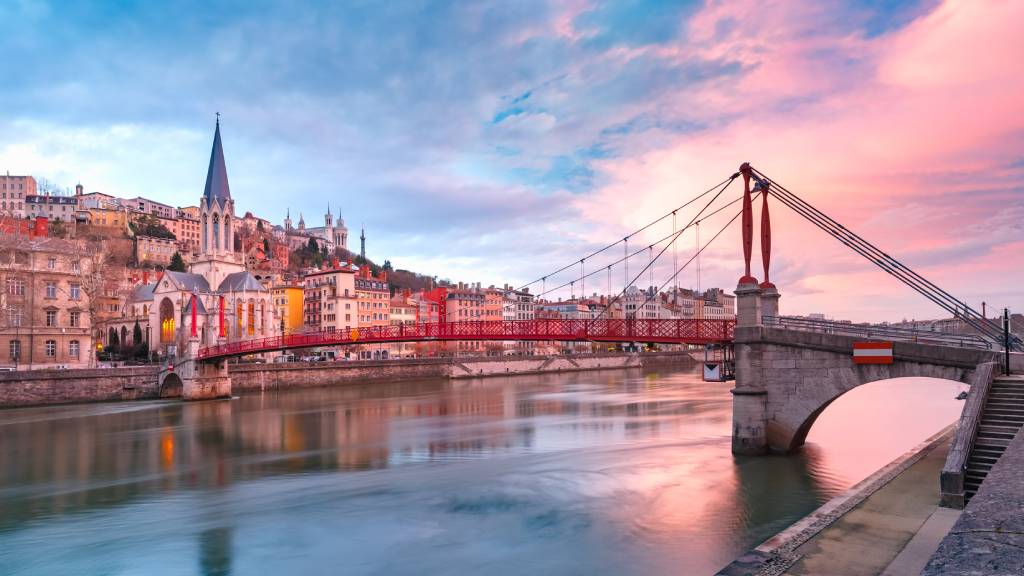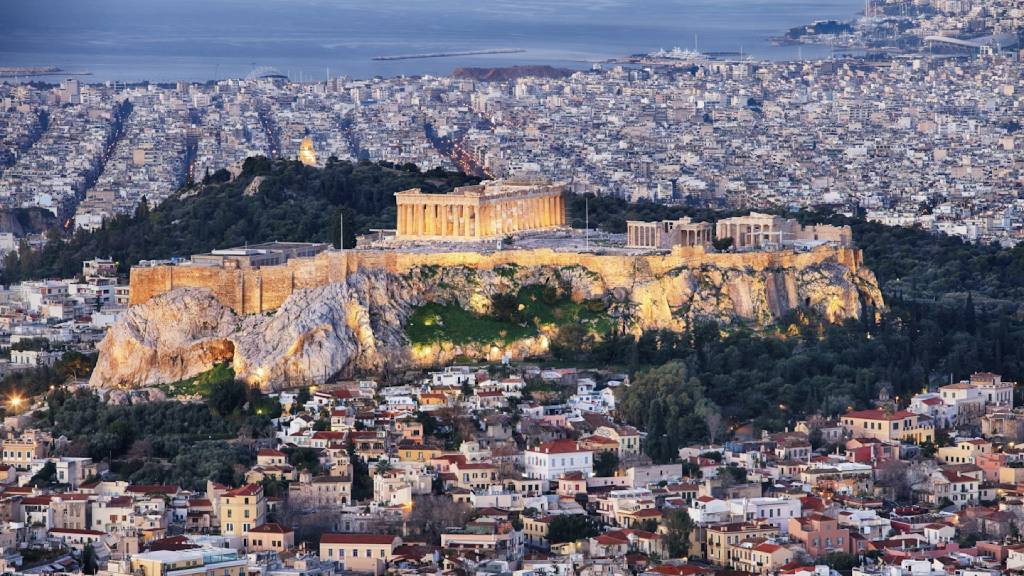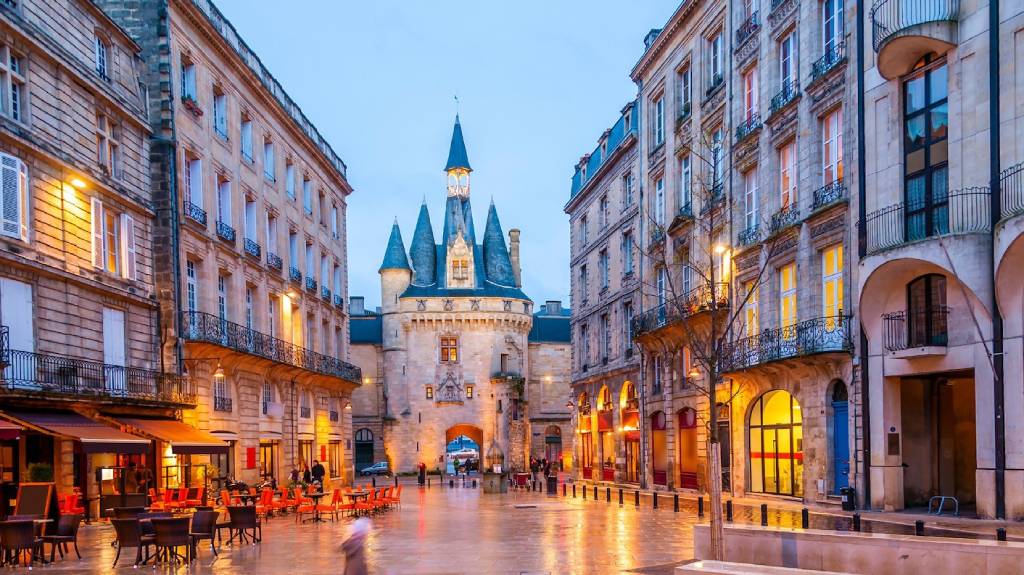
Bordeaux is pure elegance, often called “La Belle Endormie” (The Sleeping Beauty), which has now fully awakened. This city is synonymous with wine, and while the surrounding vineyards are mandatory, the city center itself is a UNESCO-listed masterpiece of neoclassical architecture. I was instantly charmed by the massive, polished squares like the Place de la Bourse, with its stunning reflection in the *Miroir d’eau*. It’s a refined, wealthy city, but its energy is young and vibrant thanks to a massive rejuvenation project. If you love grand historical architecture, superb food, and the chance to taste some of the world’s best wines right where they’re made, Bordeaux is your destination. Keep reading for my guide to exploring this sophisticated jewel of Southwest France.
Why Visit Bordeaux?
Bordeaux is the global capital of fine wine, a stunning city characterized by its beautifully uniform 18th-century neoclassical architecture and lively modern energy. Here’s why you need to put Bordeaux on your list:
- World Wine Hub: It’s the perfect base for visiting world-famous wine regions like Médoc, Saint-Émilion, and Graves, offering countless châteaux tours and tastings.
- UNESCO Heritage: The city center is a sprawling UNESCO site, showcasing a remarkable concentration of classical and neoclassical buildings.
- Cité du Vin: Visit this spectacular, futuristic museum dedicated to the global culture and history of wine—a must-see for enthusiasts.
- The Miroir d’eau: The largest reflecting pool in the world, this is a spectacular spot for photos, perfectly mirroring the Place de la Bourse.
- Garonne Riverfront: Enjoy a beautiful, revitalized waterfront with bike paths, trams, and pleasant spaces for walking and relaxation.
Bordeaux is a sophisticated destination where history, luxury, and the culture of fine wine perfectly converge.
What Are the Best Things to Do in Bordeaux? (For Your First Visit)
Place de la Bourse
Elegant 18th-century square with the iconic Three Graces fountain—stroll neoclassical architecture reflecting in the adjacent water mirror at dusk. Highlights walking tour via GetYourGuide with wine tasting.

La Cité du Vin
Futuristic wine museum with interactive exhibits tracing global viticulture—end with a panoramic tasting from the swirling tower’s belvedere. Entry ticket via Viator for immersive discovery.
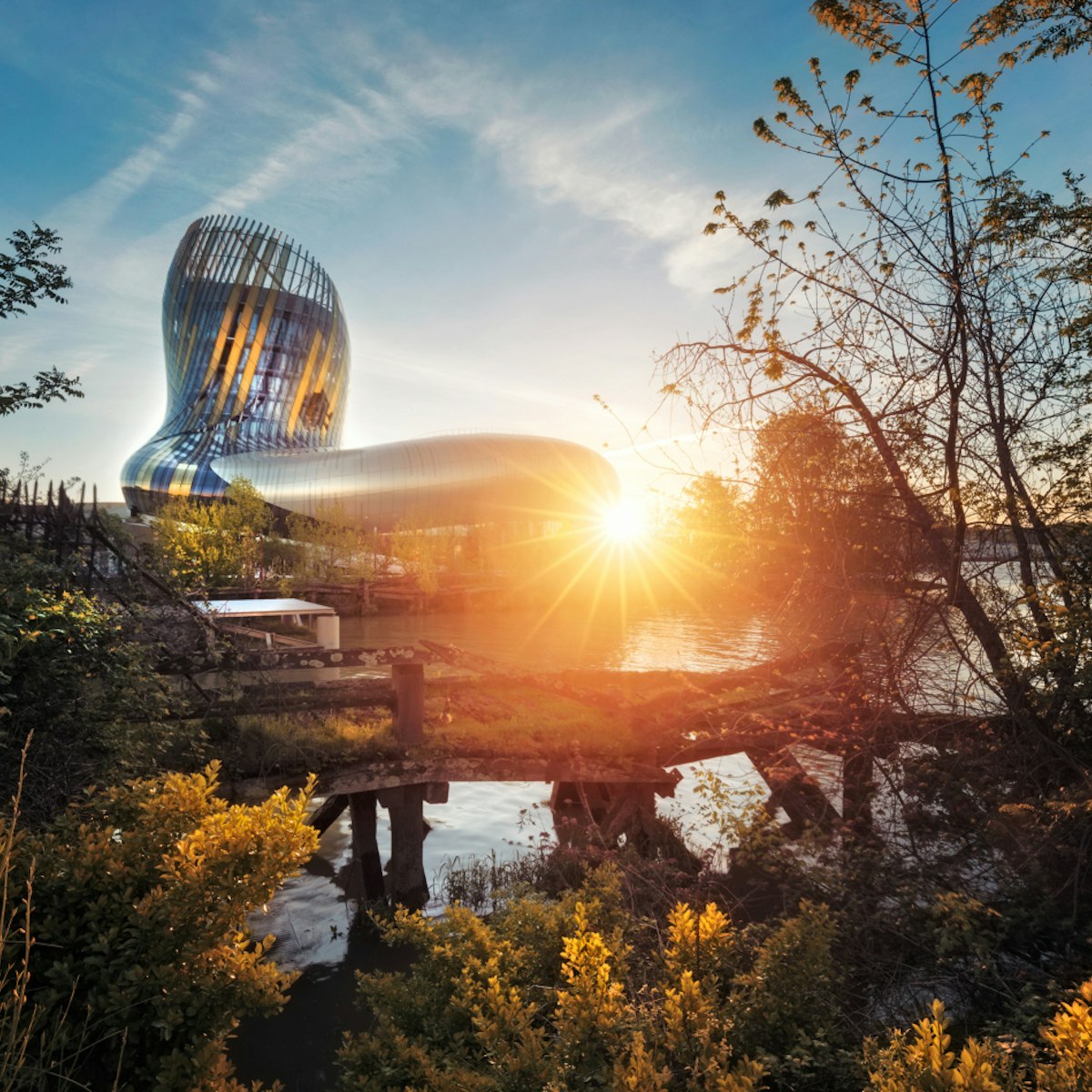
Miroir d’Eau
World’s largest reflecting pool shimmering with mist and lights—capture ethereal reflections of surrounding facades in this urban oasis. Scenic walking tour via TripAdvisor including the mirror.

Cathédrale St-André
Gothic masterpiece from the 14th century with soaring spires and intricate portals—climb the adjacent Pey-Berland Tower for city vistas. Guided cathedral visit via GetYourGuide for historical depth.

Porte Cailhau
Renaissance riverside gatehouse with twin towers and medieval carvings—ascend for Garonne River views and tales of triumphant ships. Tours and tickets via Viator for fortified history.

Grosse Cloche
Massive 15th-century belfry with a 7.7-ton bell and astronomical clock—climb the Gothic tower for panoramic sweeps of old Bordeaux. Tower climb tour via GetYourGuide for bell-ringing views.
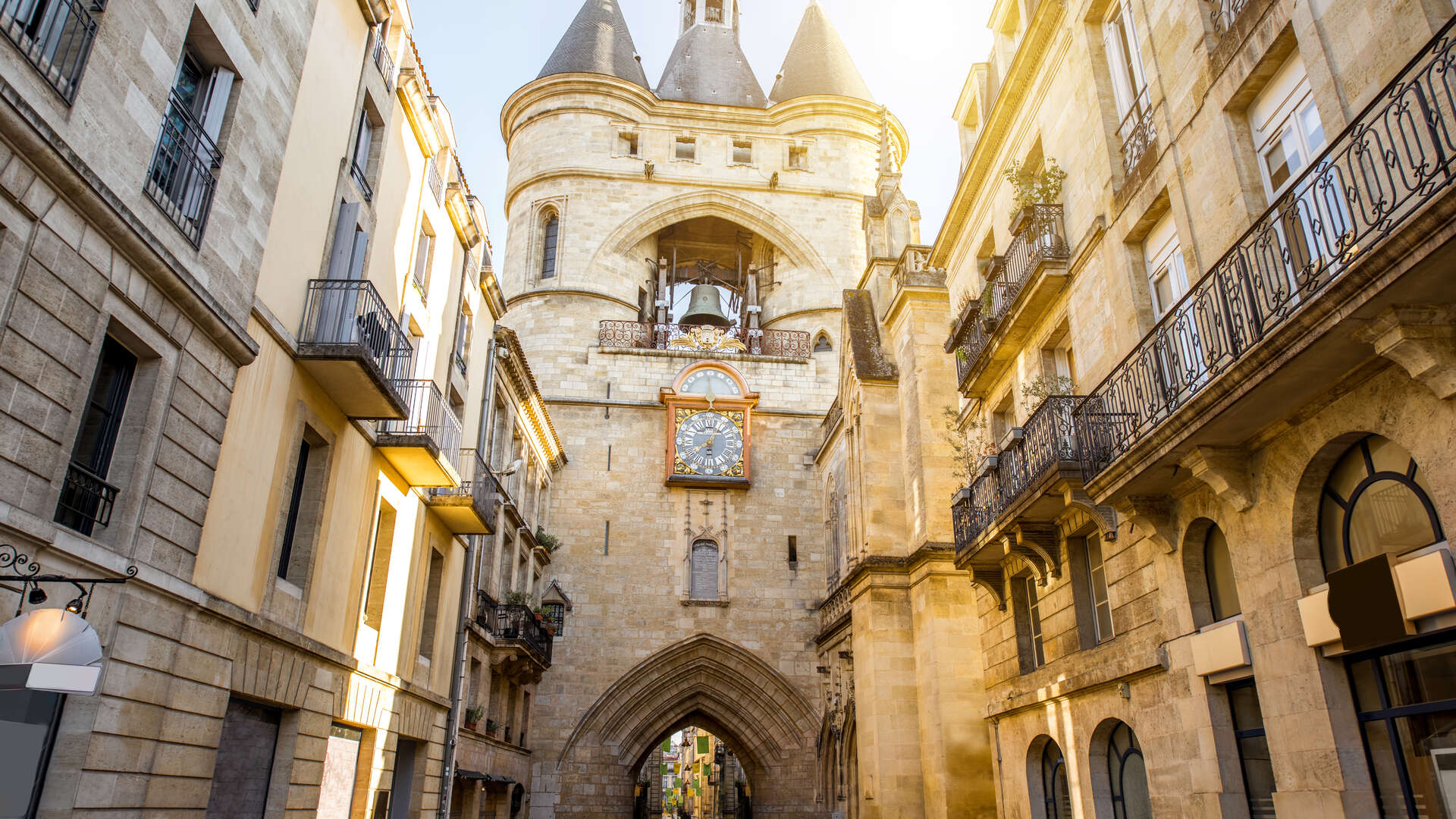
Basilique St-Michel
Flamboyant Gothic basilica topped with an ornate spire—explore the crypt and climb for bird’s-eye views over bustling Saint-Michel market. Guided basilica tour via Viator uncovering secrets.

Musée d’Aquitaine
Regional history museum in a Jesuit college showcasing Gallo-Roman artifacts to wine trade relics—trace Aquitaine’s evolution through immersive displays. Entry and guided tour via Viator for cultural insights.
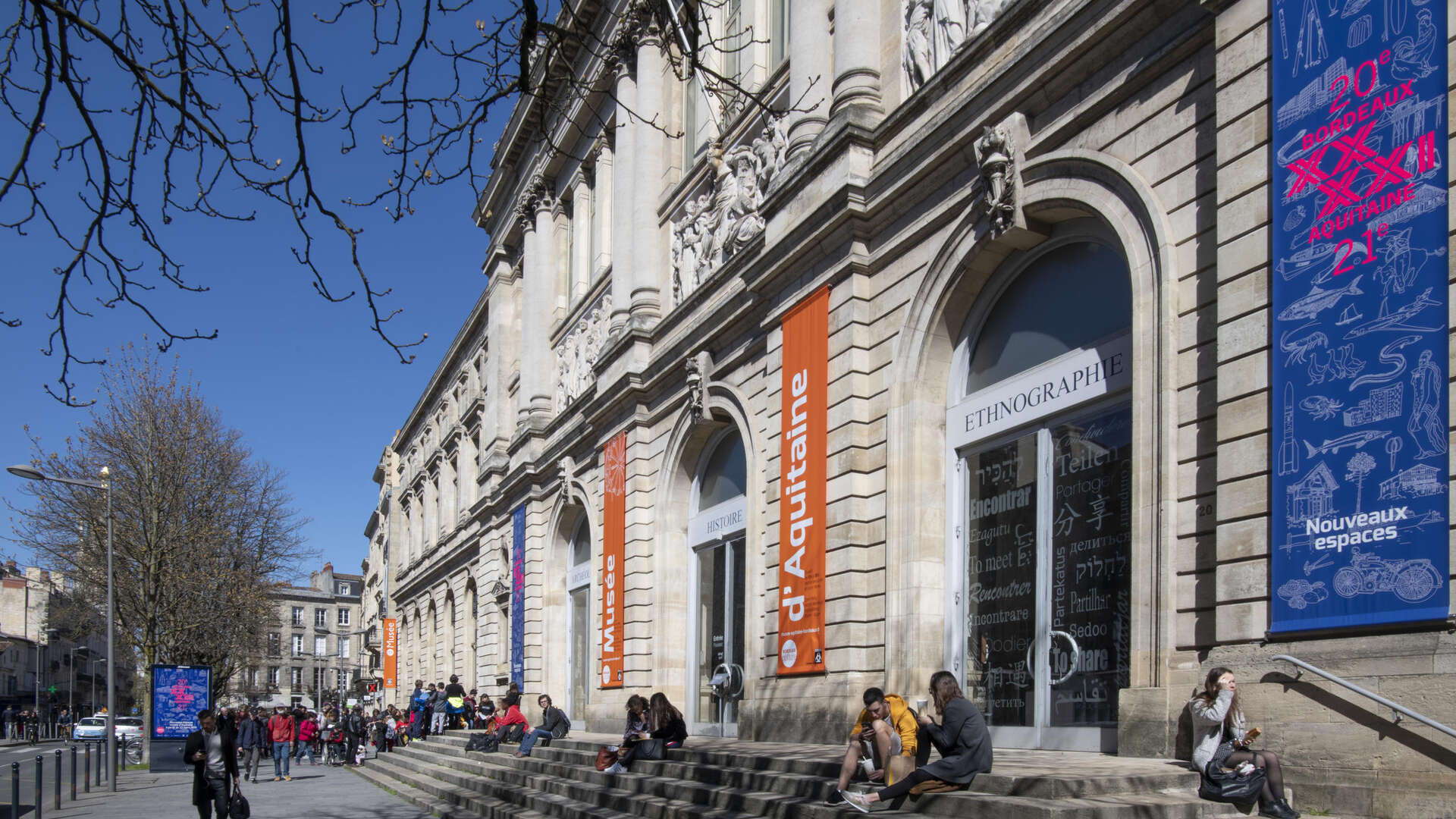
Palais Gallien
Rare Roman amphitheater ruins from the 3rd century—wander vine-draped arches evoking gladiatorial games in ancient Burdigala. Roman ruins exploration via Viator with historical context.

La Base Sous-Marine
WWII German submarine bunker repurposed as contemporary art space—explore vast concrete vaults hosting edgy installations by the waterfront. Art and history tour via TripAdvisor in the base.

More Popular Tours in Bordeaux
What’s the Best Month to Visit Bordeaux?
Bordeaux, a wine lover’s paradise, is enchanting any month, but shoulder seasons blend mild weather with vineyard magic. May and June offer blooming vines and 60–75°F days for chateau tours and riverside strolls. September and October peak with harvest excitement and 60–70°F temps for grape-picking and tastings. Summer (July–August) warms to 80°F for festivals, while winter (December–February) chills to 40–50°F with cozy wine cellars.
How to Get to Bordeaux
Bordeaux is served by Bordeaux–Mérignac Airport (BOD), located 10 km west of the city center. It offers great connections, especially with other European cities—check WayAway for flights. From the airport:
- Bus (Liane 1): The most economical option, running directly to the main train station and city center. ($1.70, 45–60 min).
- 30’Direct Shuttle: A more comfortable, express shuttle bus to the train station (Gare Saint-Jean). ($8.50, 30 min).
- Train (TGV): Bordeaux’s Gare Saint-Jean is a major TGV hub, with a line to Paris that takes just over 2 hours.
- Car Rental: Highly recommended if the primary goal is visiting the surrounding vineyards (Médoc, Saint-Émilion). Rent via DiscoverCars.
Gare Saint-Jean is a beautifully renovated, central station well-connected to the city’s tram network.
How to Get Around Bordeaux
Bordeaux is known for its elegant, pedestrian-friendly core (the Port de la Lune UNESCO site) and its superb modern Tram system, which is arguably the best way to travel in the city.
- Tram (Lines A, B, C): Fast, silent, and essential. They cover all major tourist zones, including the Quinconces, Place de la Bourse, and the train station.
- Walking: The historic center, especially the area around the Garonne River and Rue Sainte-Catherine, is ideal for walking.
- Bus & Bat³: Buses supplement the tram network. The Bat³ is a river shuttle on the Garonne that operates on the same ticket system and offers unique views.
- Tickets: A single TBC ticket is $1.70, valid for 1 hour with unlimited transfers. A 24-hour pass is $5.50.
Tips for Tourists Using Transport:
- The trams in Bordeaux are unique because they use ground-level power supply in the center (to avoid overhead wires), but they are otherwise standard and easy to use.
- Do not rely on driving in the central core; the tram is much faster.
- Many of the best châteaux tours require a car or organized transportation.
Conclusion: Bordeaux is a refined city that perfectly blends its 18th-century grandeur with modern efficiency. Its state-of-the-art tram system makes navigating the sprawling wine capital easy, but its beautiful pedestrian center is best explored on foot. Use the tram to connect the vineyards and the riverbanks, and walk to discover the magnificent architecture. Experience the elegance of the ‘Pearl of Aquitaine’ with our premium Bordeaux guide!
Note: This article contains affiliate links. If you purchase something I’ve recommended, I’ll earn a small commission at no extra cost to you. I really appreciate your support and I hope this guide helps you ♡








